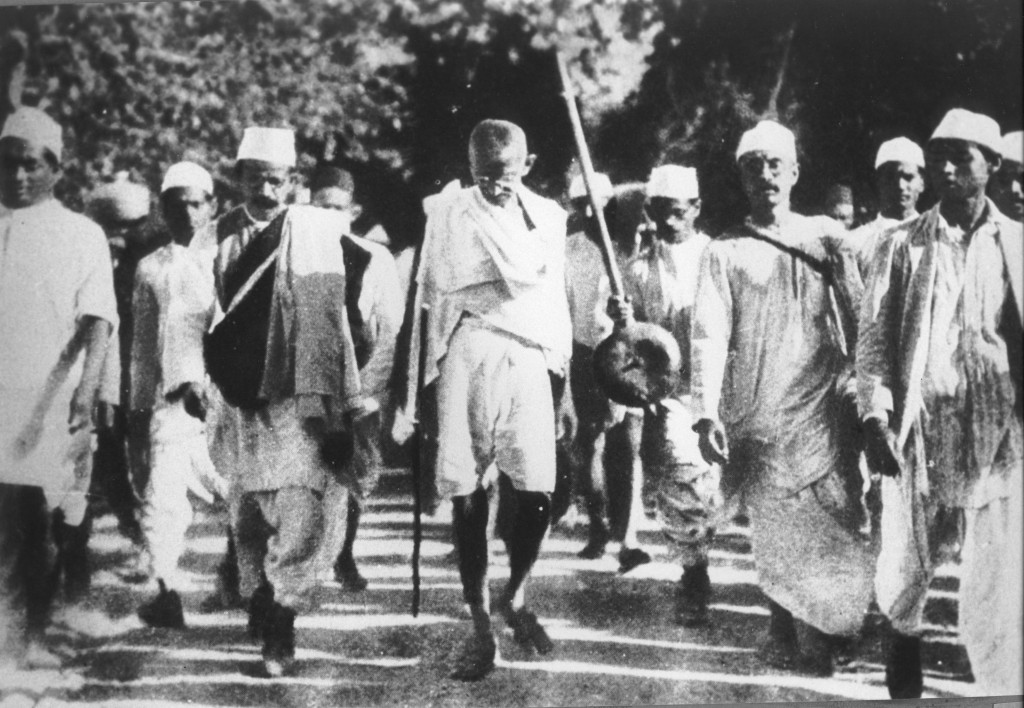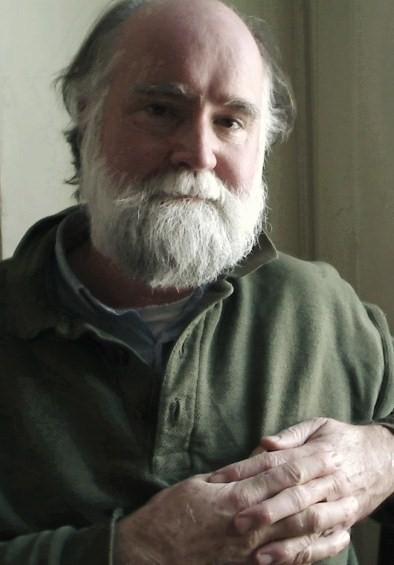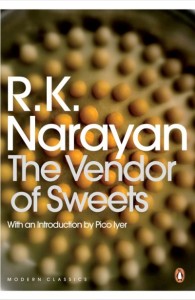The Interconnectedness of Violence
by Winin Pereira and Jeremy Seabrook
Most people connect violence solely with a physical action against other human beings, but ancient Indian sages perceived it in a much wider sense. They considered all life sacred, and in their concern for self-perfection, the killing of any living being, human or non-human, was sinful. Further, causing harm to other creatures was also thought wrong; it had to be minimised because harm itself was considered a form of partial death. Harm was defined widely to include not only physical injury, but also all forms of pain, including depriving persons of their livelihood or intimidating them. Violence could be committed personally, it could he instigated or aided, or it could be condoned by observing it without protest. [1] However, it is not possible to survive in this world without at least some violence, for we depend on other living beings for our food. Avoiding all killing must result in our own death.
Our sages were deeply concerned that humans must necessarily be involved in violence and death and that absolute innocence was unattainable. They understood the concept of ahimsa to mean the minimum or least possible violence. While causing some harm is inevitable, we do not have a licence to kill other creatures ruthlessly, to act on the basis of the “survival of the fittest”, which in effect means survival of the most violent. Rather, we should have greater respect for those beings whose lives must be sacrificed in order that we may survive. The survival of the fittest means that the rest perish. Social justice is incompatible with this theory.









